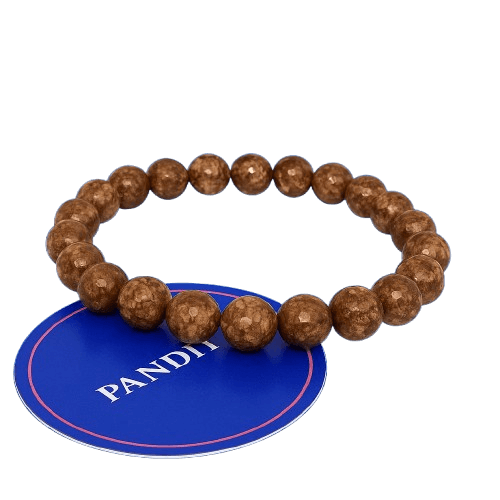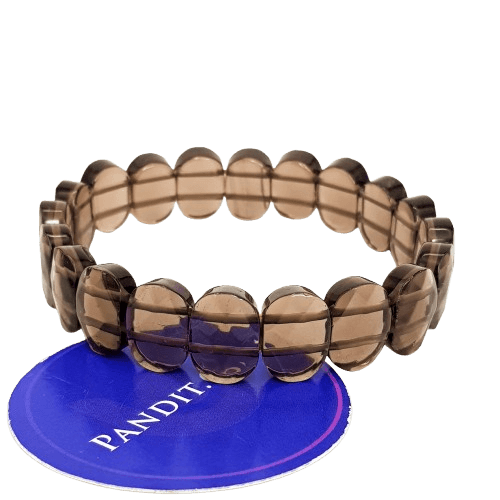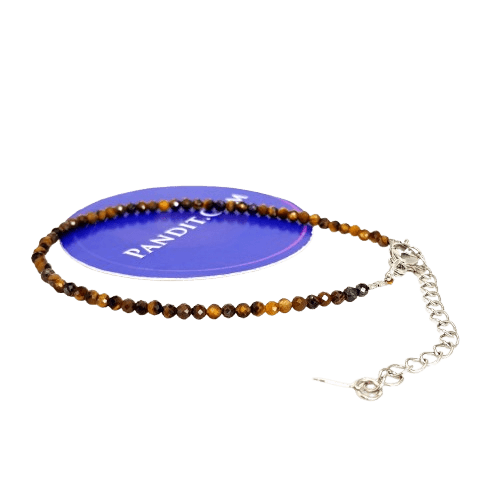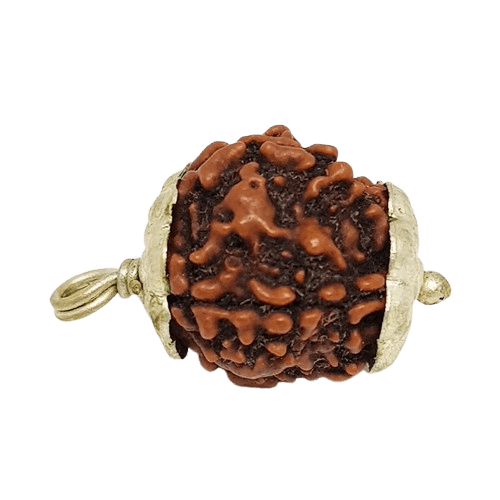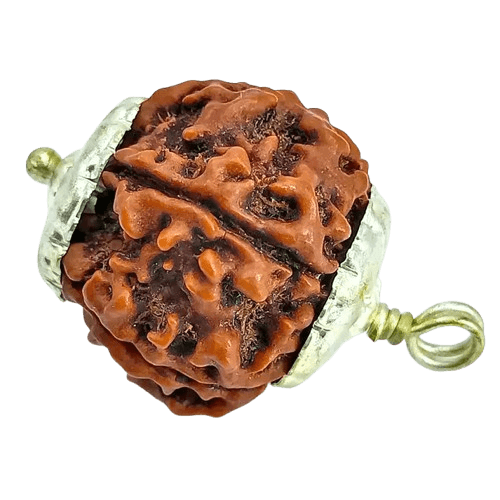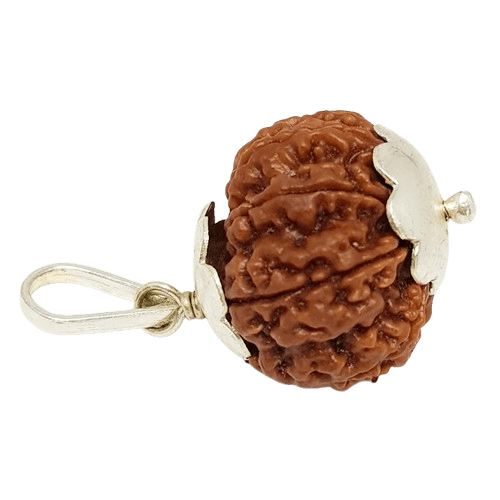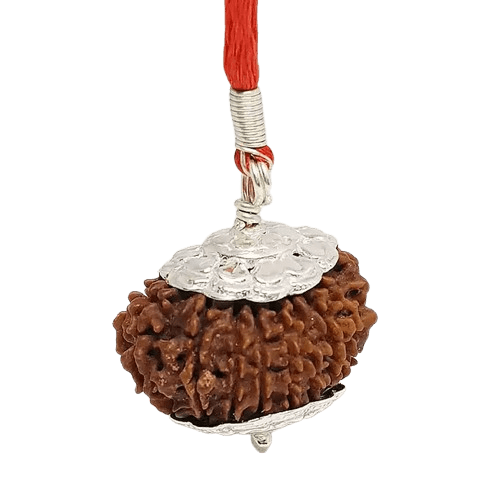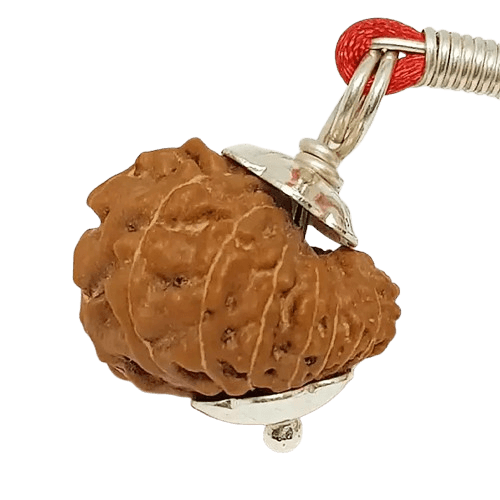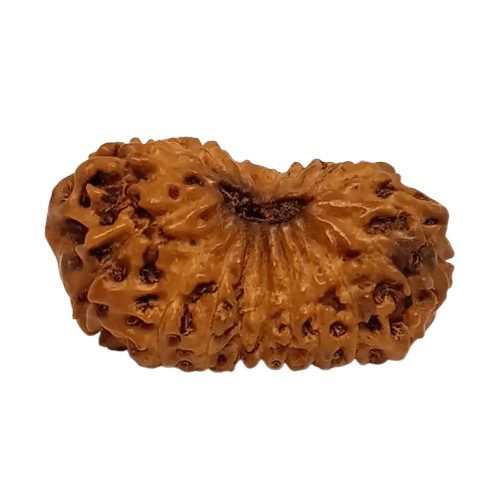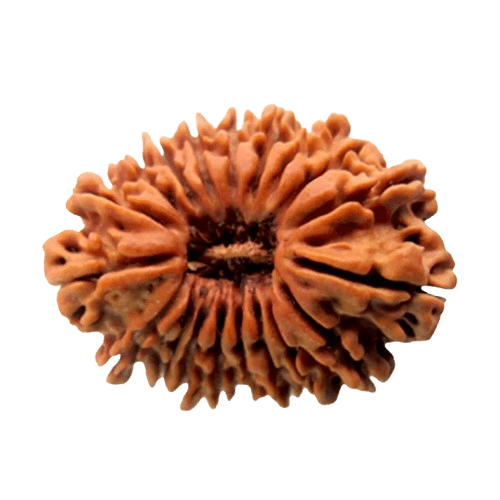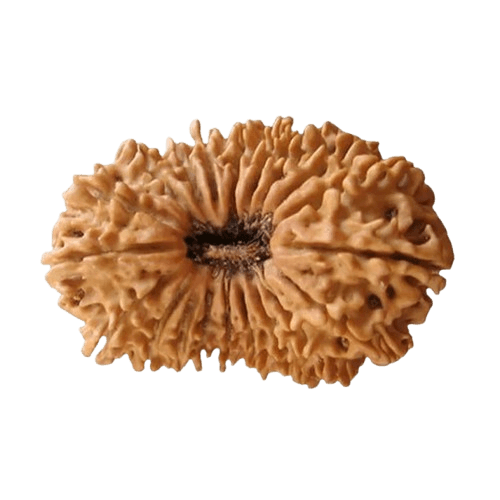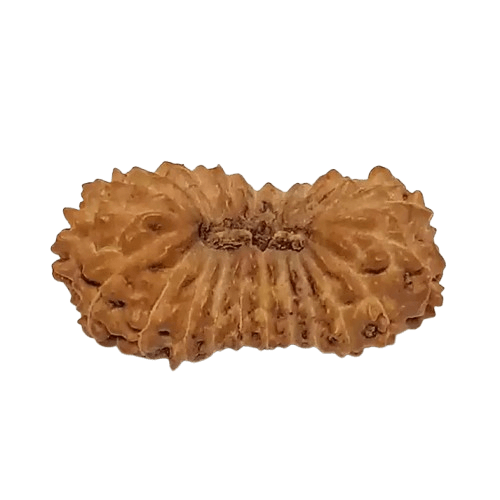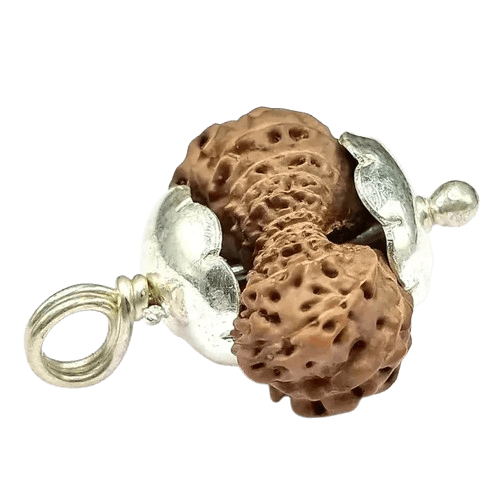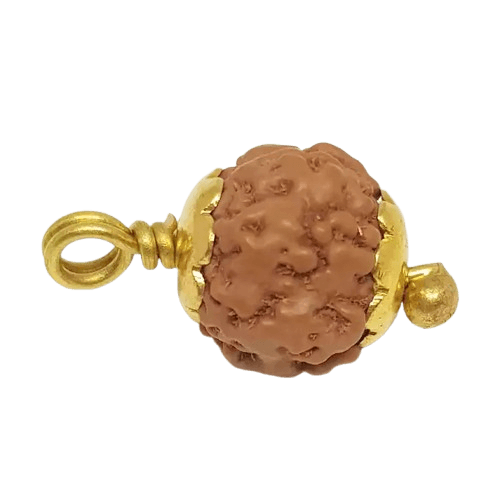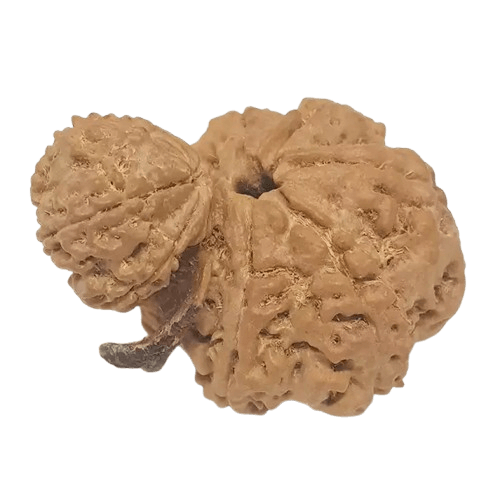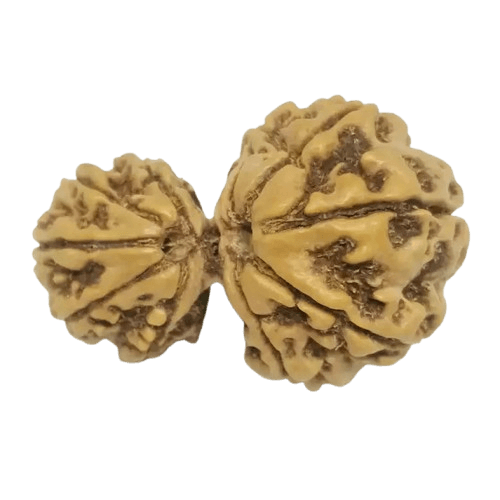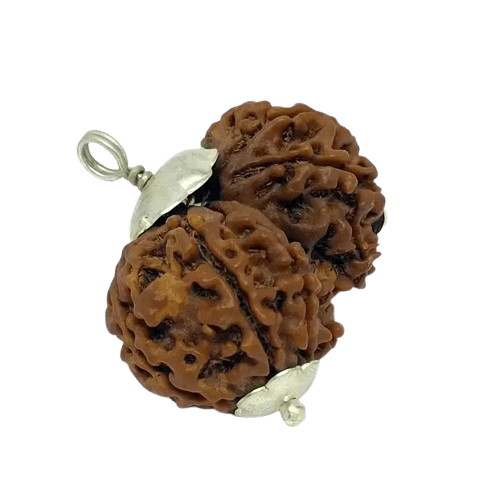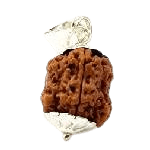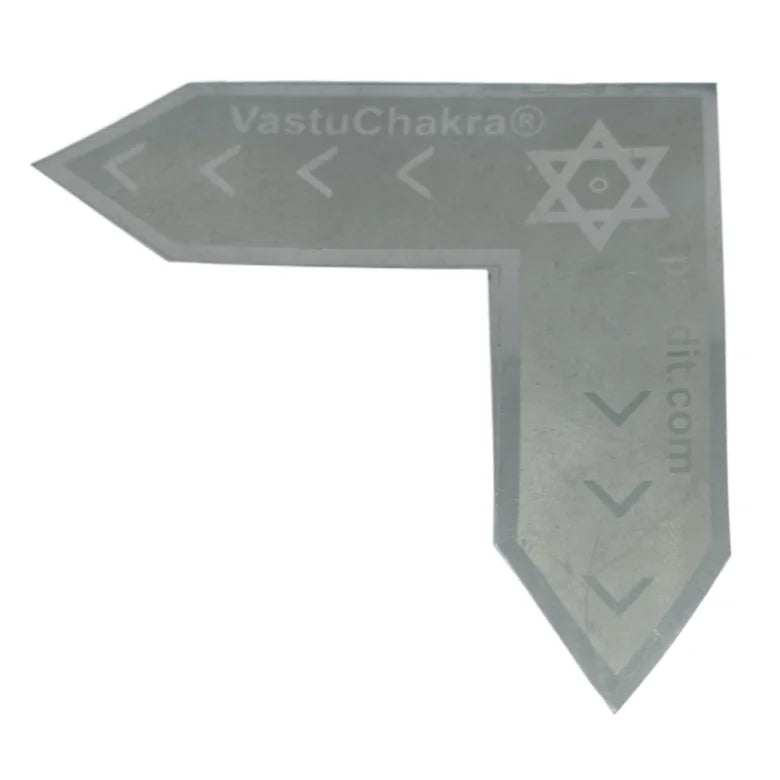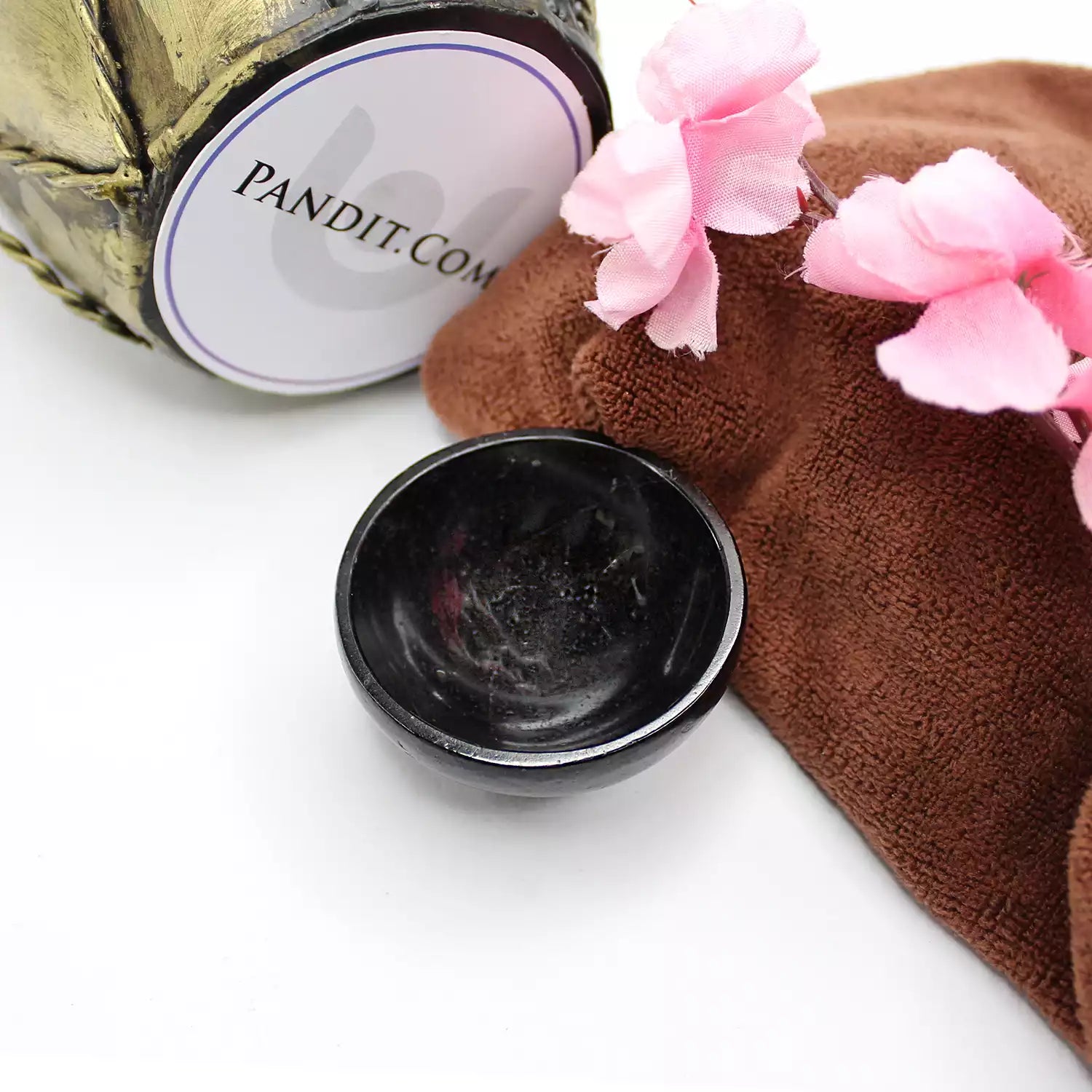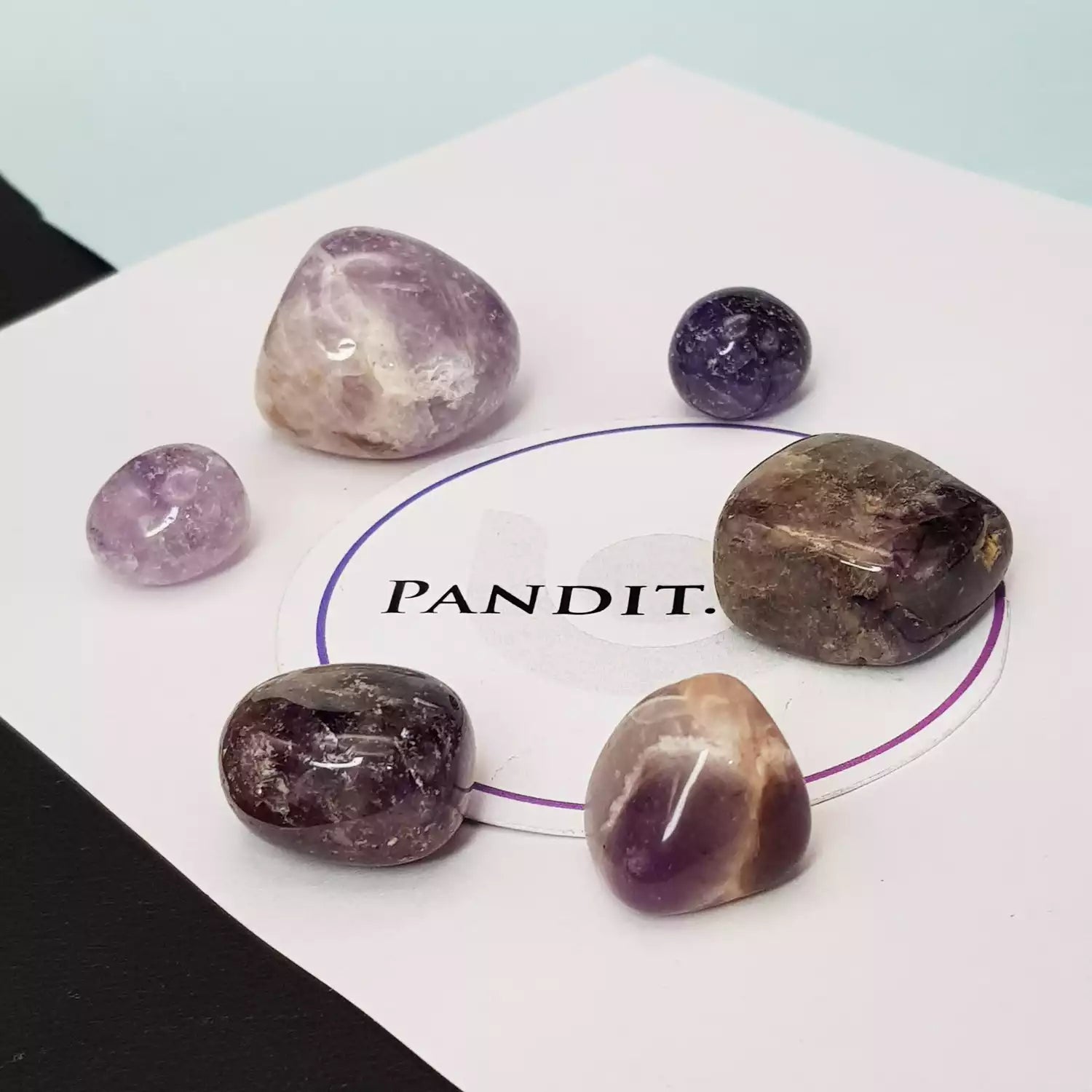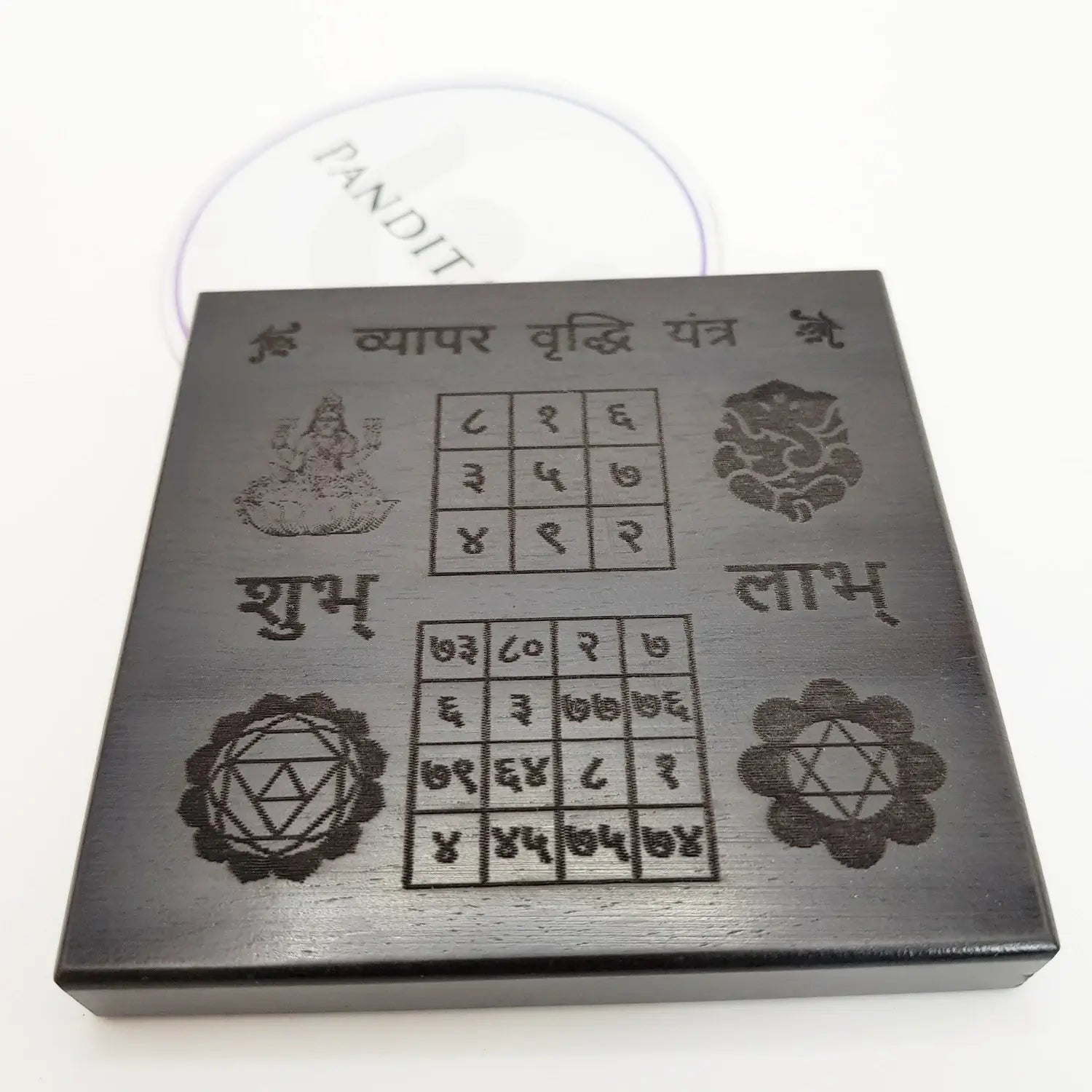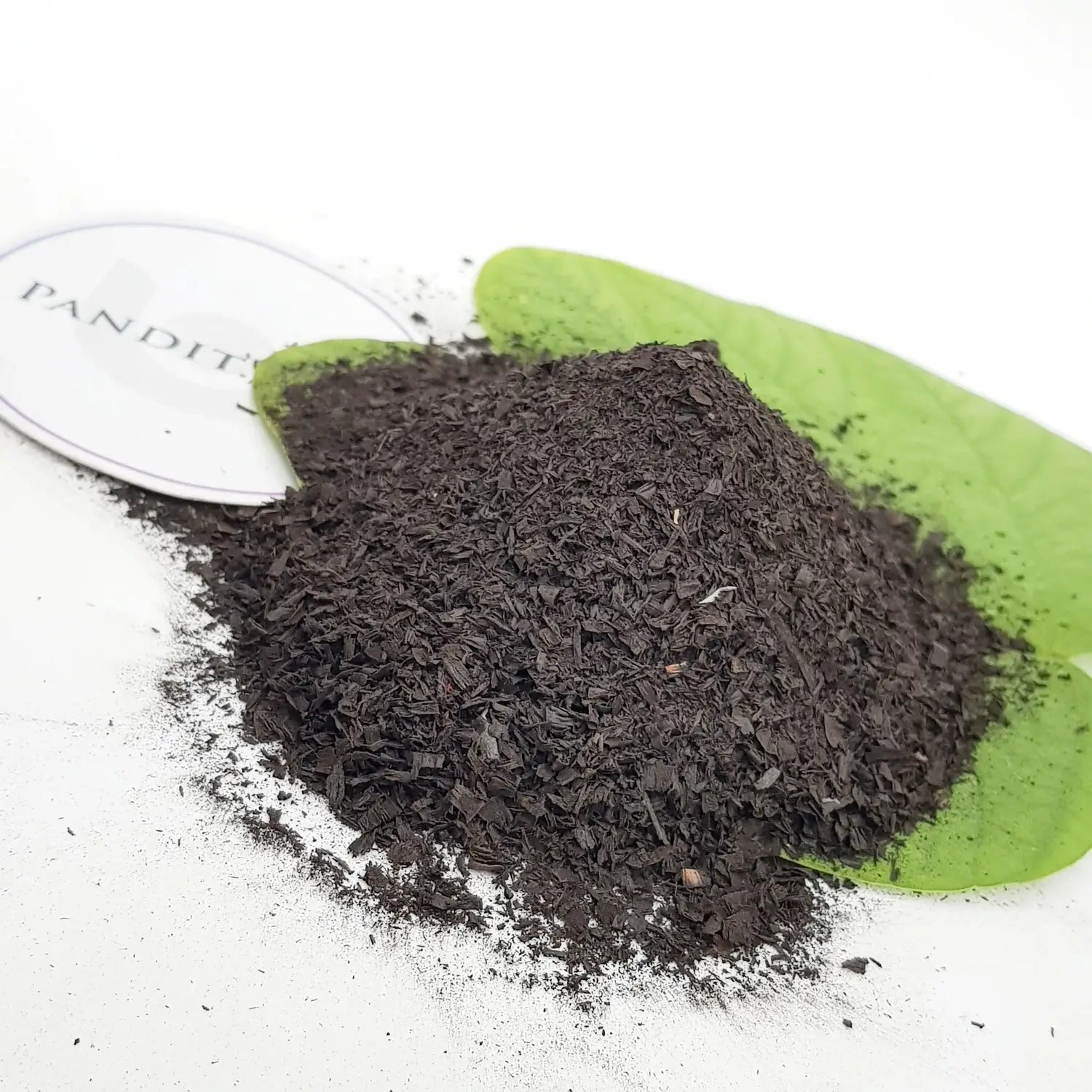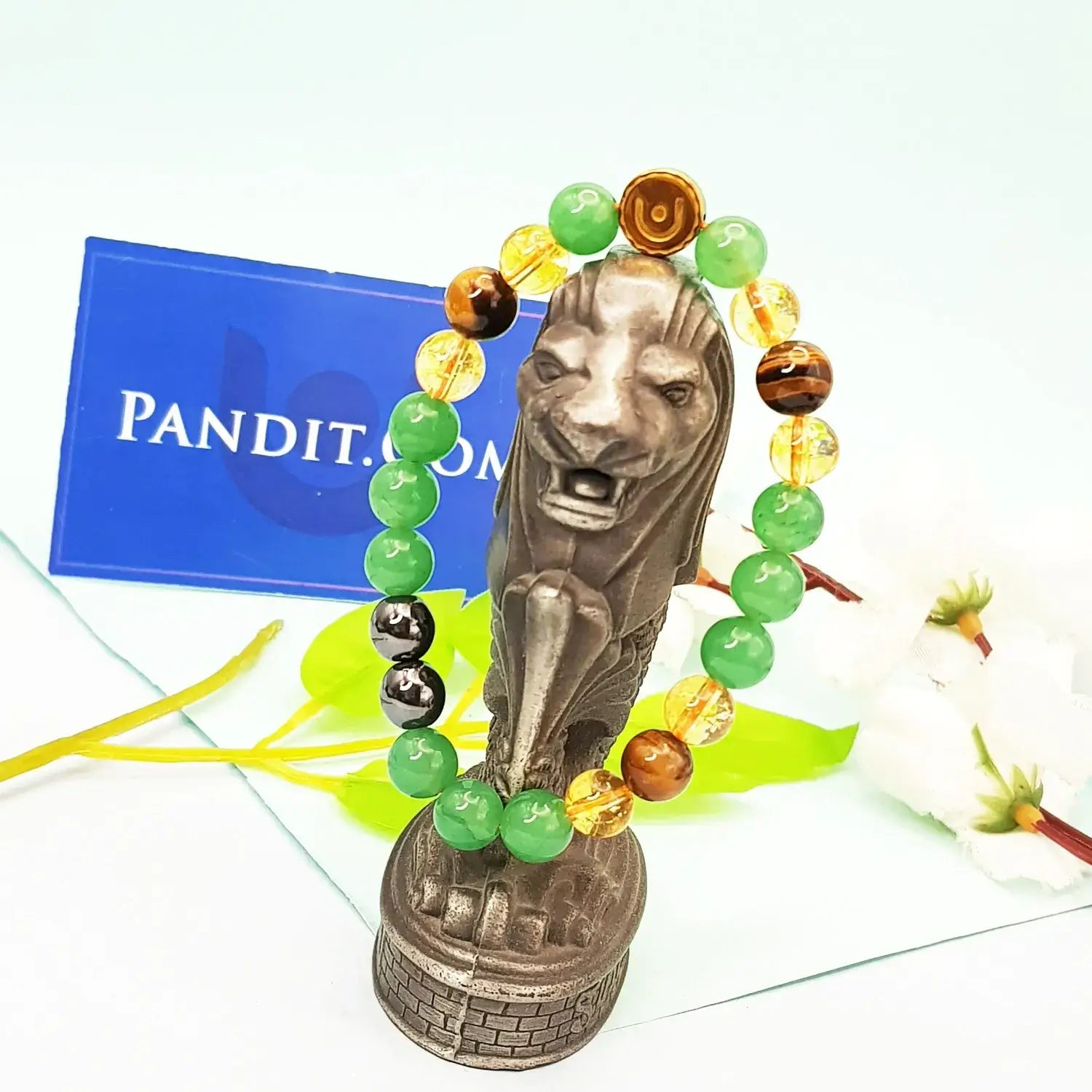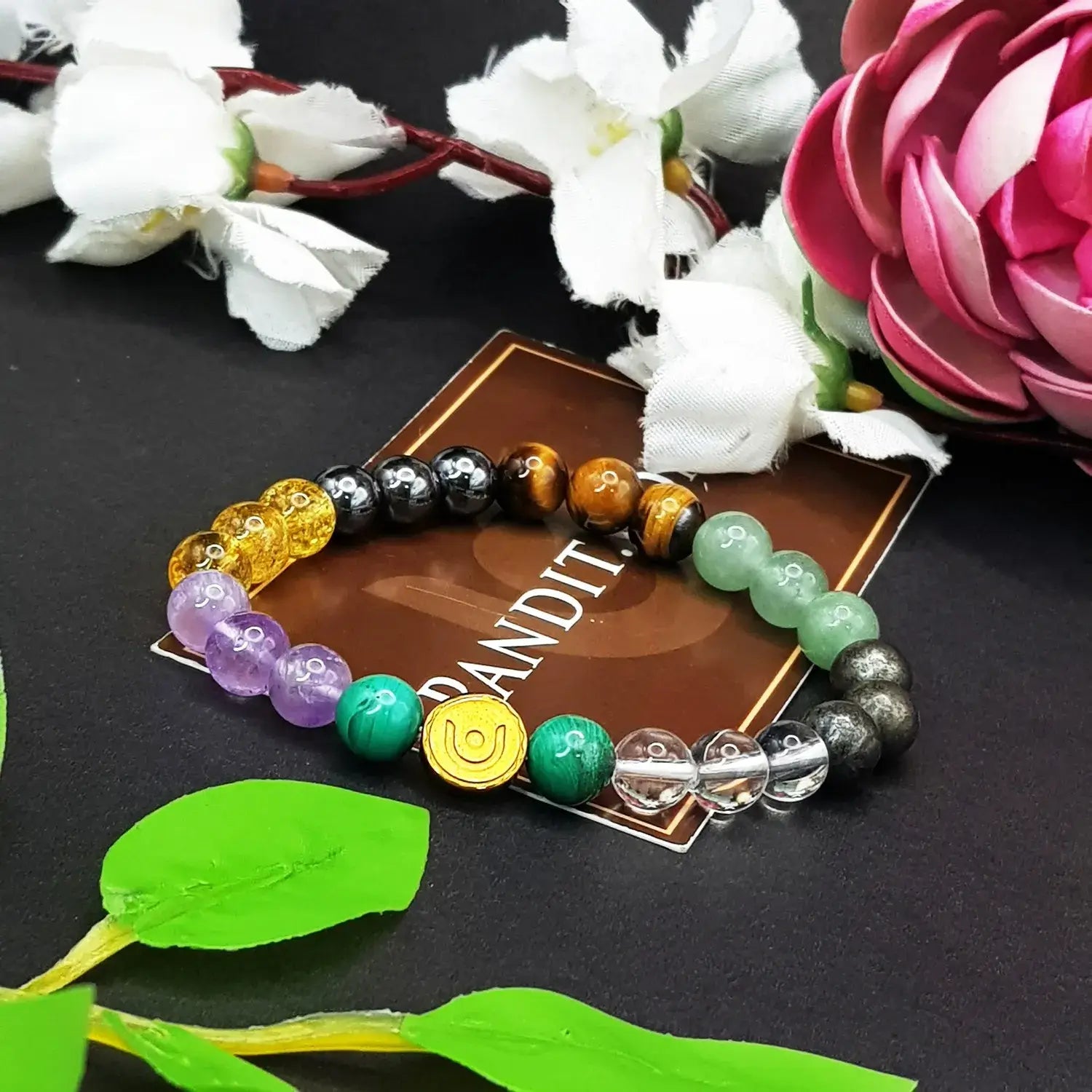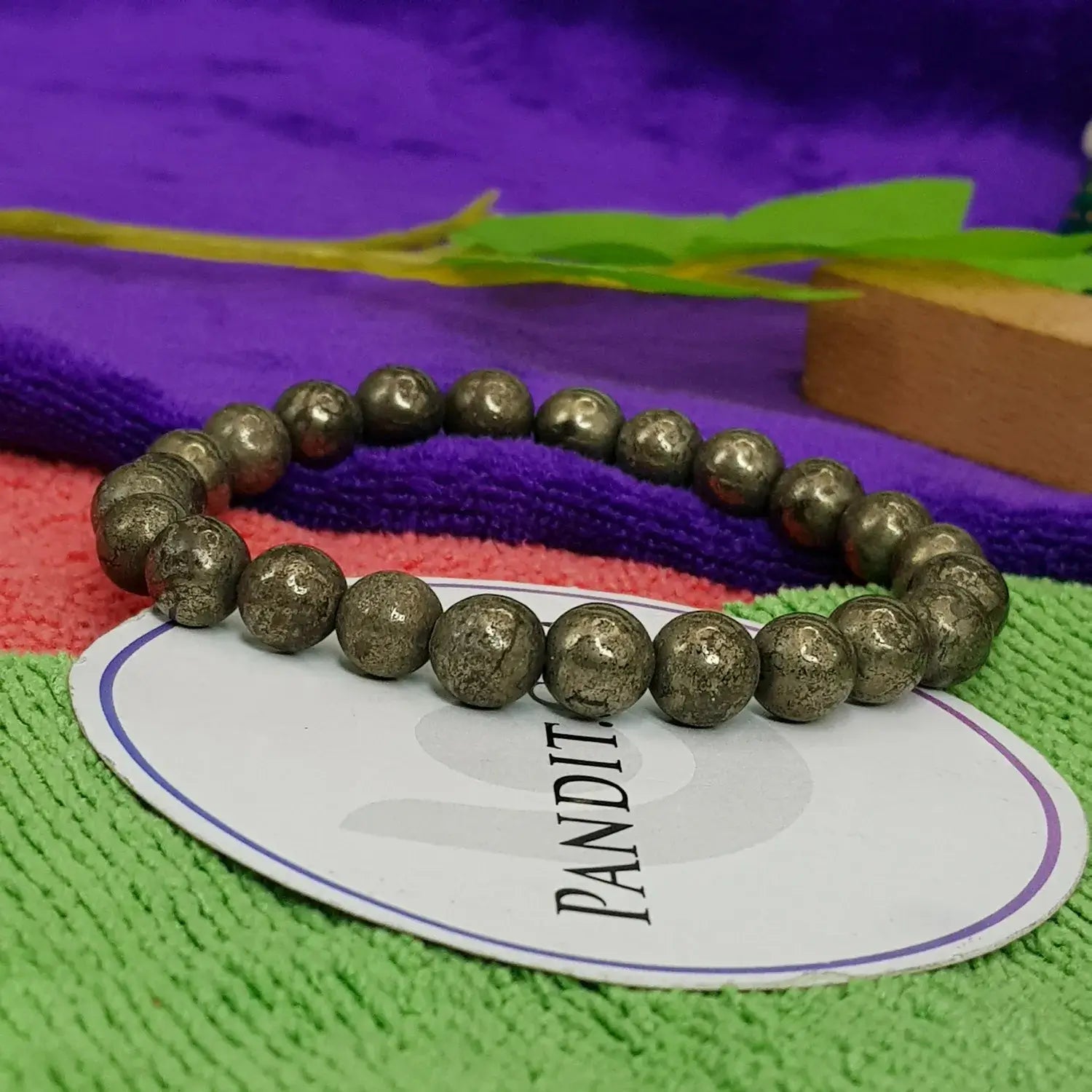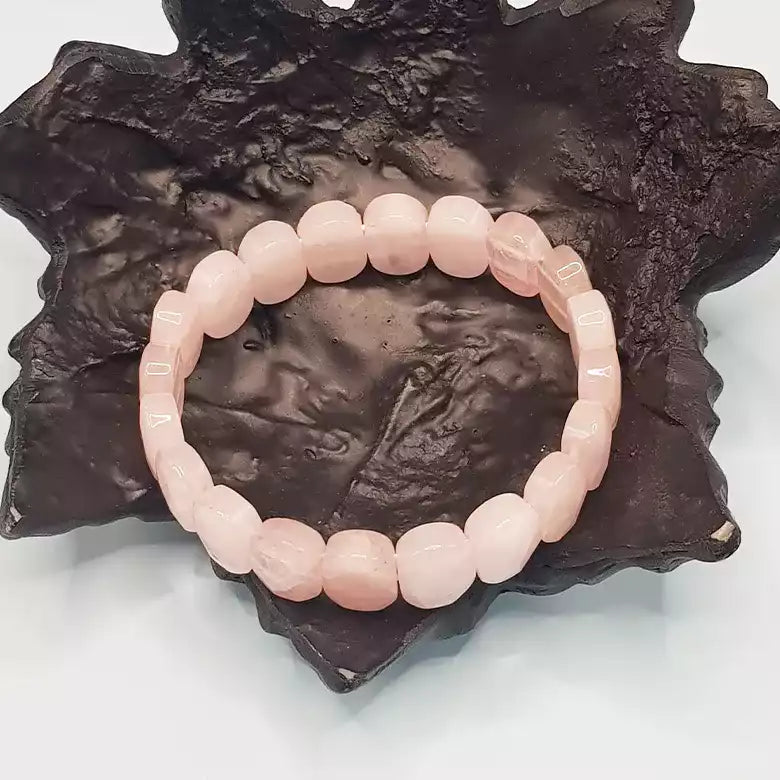
What is the history/origin of Dusshera?
The prominent festival that we are talking about is Dussehra, which is also known as ‘Vijayadashmi’. There are a lot of stories prevalent in mythology regarding Dussehra celebration out of which the two most significant ones are mentioned below. According to ‘Ramayana’, the demon king Ravana captured Lord Rama’s wife from a forest in order to win her love. Lord Rama then, with the help of his brother Laxman, Lord Hanuman and his Monkey Army fought for days in the kingdom of Ravana made of gold called, ‘Lanka’. The war began on the first day of Navratri Sthapna and ended on the last day when Lord Rama beheaded the ten heads of Ravana marking the victory of good over evil. He then took his wife Sita, Laxman and Hanuman back to his kingdom Ayodhya.
The second most prominent story of Dusshehra celebration is the beheading of demon ‘Mahishasur’ by Goddess Durga thereby saving her devotees from his tortures. The goddess bravely fought against him for nine days and on the tenth day, killed him. The first nine days are celebrated as Maha Navratri which culminates on the tenth days of ‘Vijaydashmi’ meaning victory of good over evil.
What is the significance of Dussehra?
Dussehra is considered as one of the most important festivals in India. It is widely celebrated by Hindu community with great enthusiasm and happiness. People take part in different activities of celebration. On this day, Lord Rama killed the evil king Ravana. Ravan was the demon king of Lanka who had ten heads. Lord Rama got victory over him and gave the throne of Lanka to the brother of Ravana, Vibhishana. Since day of victory, this day is celebrated in India as Vijya Dashmi and it is considered as an auspicious day to celebrate the day of Victory. People celebrate this day as a festival that is the symbol of Victory of Good soul over Evil soul. This day is celebrated by everyone in their own way.
Dusshera celebration of Mysore is famous throughout the country for its splendor and grandeur. In India, each region has its own specialty of celebrating the festivals. There are some regions in India where dusshera celebration is done by organizing a fate of Ravan Dahan. At some places of country, people get engage in public possessions and at some of the places, people participate in Ram Lila for the celebration. In the Dussehra celebration, feast and busting of crackers also plays an important role.
At some places of country, exhibitions and fairs are organized by the community to enjoy Dusshera. At various places of India, before dussehra, ‘Ramayan path’ in enchanted. On this occasion, some communities play Ram Lila at their places. Large number of people takes part in Ram Lila and enjoys the event. This day falls after nine days of Navratra. On this day, people remember everything about the war between Lord Ram and Demon Ravana. People chant great works of Lord Rama all over the day. This day is a way to make people motivated to follow the path of truth. People burn all the negative energies of their surrounding with burning Ravana. Lord Rama followed the path of truth and got victory over Ravana. According to Hindu mythology, it is believed that by worshipping Lord Rama on this day helps to protect the devotee from evil souls. Whenever there will be any situation of fight between good and evil, Lord Rama will come as a savior and make Good soul win over Evil soul.
What are the items required for performing the ‘Dussehra Pooja’?
The ‘Pooja’ rituals that are to be observed while celebrating Dussehra should be strictly in accordance with Hindu traditions. The items required for performing the prayer are: Dried cow dung cakes, limestone, rice grains, flowers, any kind of sweet, ‘dhoop’, incense sticks, ‘Roli’ and others. The priest commences the ‘Pooja’ by drawing the image of our beloved deity, Lord Ganesha using the cow dung. Two saucers are made out of wet cow dung for placing items such as coins, ‘roli’, fruits and ‘Jhuwara’. The priest chant mantras and offer flowers and ‘prasad’ to the deity. Items like banana, jaggery, rice grains and radish are generally offered as ‘prasad’. There is a common tradition of feeding the poor this day as an act of charity.
How do people celebrate Dussehra in various regions?
In various parts of the country, different rituals are followed to this day. Few of them are mentioned here. During this time, Ramlila plays are organized at various places, educating people about the epic Ramayana and its various teachings. These entertaining plays reach climax at the end of nine day and on the 10th day, the colossal effigies of ‘Ravana’ along with his brother ‘Kumbhkarana’ and son ‘Meghnad’ are burnt.
In the eastern parts of the country, Idols of Goddess Durga are immersed in water bodies on the tenth day. The statues of Goddess Durga and her sons are placed in various ‘Pandals’, and worshipped for 10 days. The submersion symbolizes the returning of Goddess Durga and her kids to her husband, Lord Shiva on mountain ‘Kailash’. In West Bengal, the ceremony of ‘Sindoor Khela’ is performed where all the married ladies color each other with vermillion on the day. People believe that it is supposed to bring marital bliss and prosperity in the lives of married ladies. On this occasion, friends and family members greet each other and distribute sweets. In the southern states of the country, Dussehra is also marked as the day when the Goddess of learning known as Maa Saraswati is also worshipped. She is worshipped along with other tools of education, such as books and notebooks. The day is considered auspicious for the students.



























